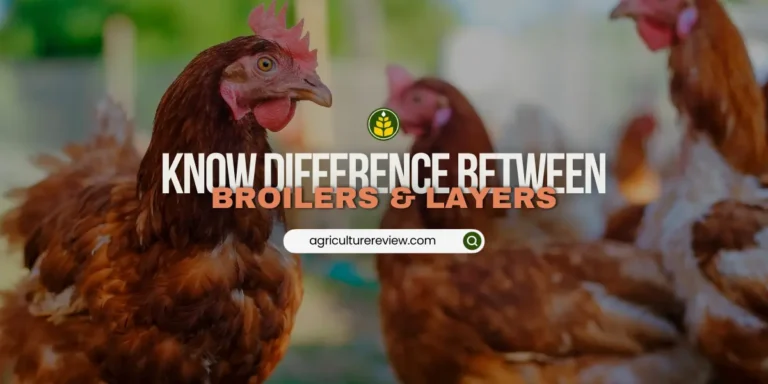Cold storage unit helps the farmers to increase shelf life and reduce post-harvest losses which account for about 25% to 30% of production. It provides a controlled environment to store and preserve agricultural produce at low temperatures for a longer duration. Post-harvest losses due to perishability are responsible for high marketing costs, market gluts, price fluctuations, etc.

The first cold storage in India was established in Calcutta in 1892. However, the major expansion was carried out post-independence. The government of India and the Ministry of Agriculture formed an order known as the “Cold Storage Order, 1964” under Section 3 of the Essential Commodities Act,1955. At present, there are around 8186 units of cold storage in the country with a total storage capacity of 374.25 Lakh Metric tonnes.
Under Mission for Integrated Development of Horticulture (MIDH), the government is providing financial assistance for various horticulture activities including setting up of cold storages.
Moreover, to reduce post-harvest losses of horticulture & non-horticulture produce and provide remunerative prices to farmers for their produce, under Pradhan Mantri Kisan Sampada Yojana (PMKSY), the government is providing financial assistance in the form of grant-in-aid at the rate 35% for general areas and 50% for North East States, Himalayan States, ITDP areas and Islands for storage and transport infrastructure and at the rate of 50% and 75% respectively for value addition and processing infrastructure subject to a maximum of Rupees 10 crore per project for setting up Integrated Cold Chain projects including Irradiation facility.
Thus, not only from the perspective of a farmer but as a nation, cold storage is a good solution that can solve the problem of post-harvest losses in a country which could help to increase the production and export potential of perishable agricultural goods of the country.
If you have any queries, ideas or suggestions, then please comment below. You can also connect with Agriculture Review on Facebook, Instagram, Koo and WhatsApp Messenger.





